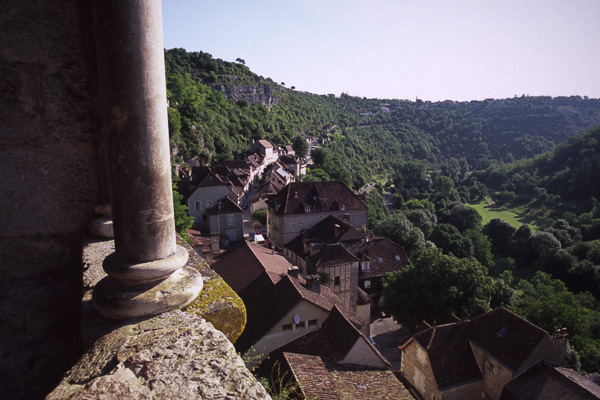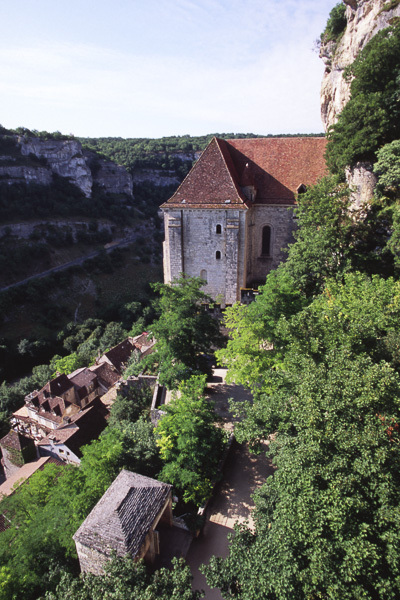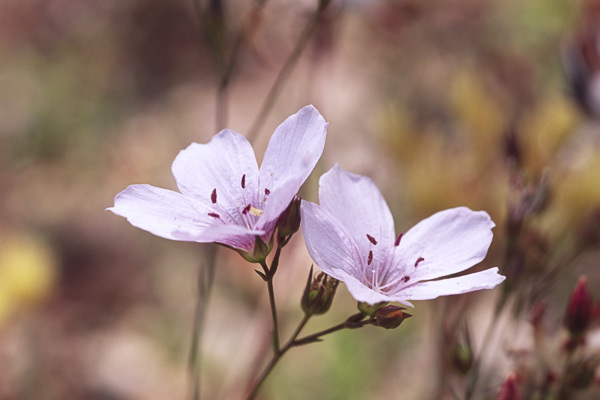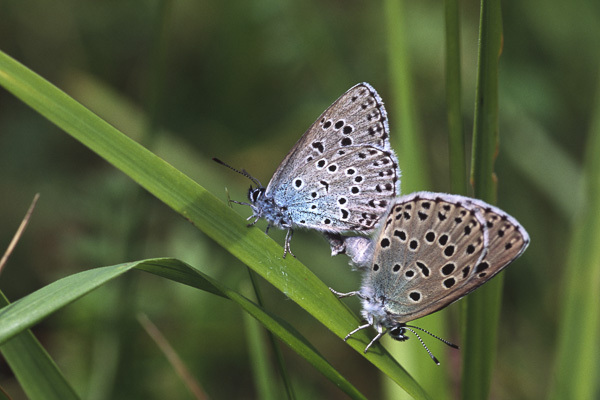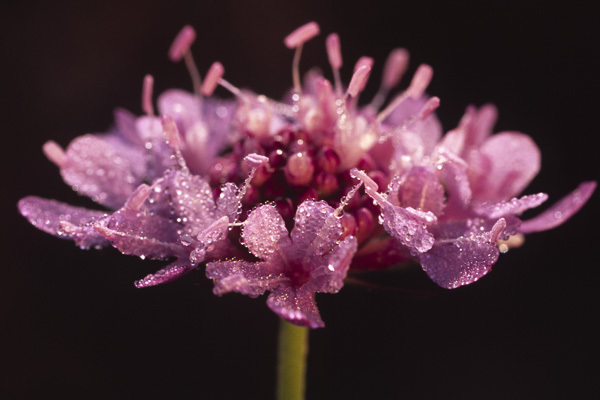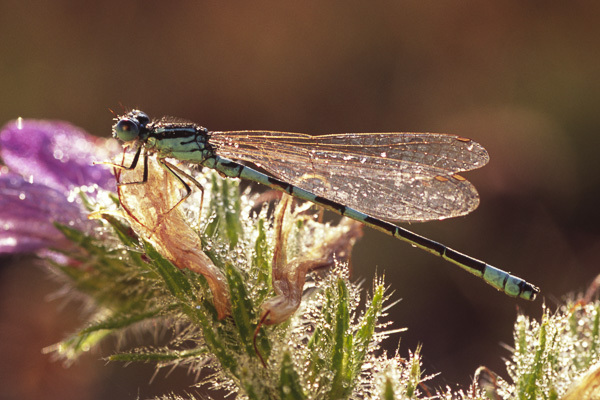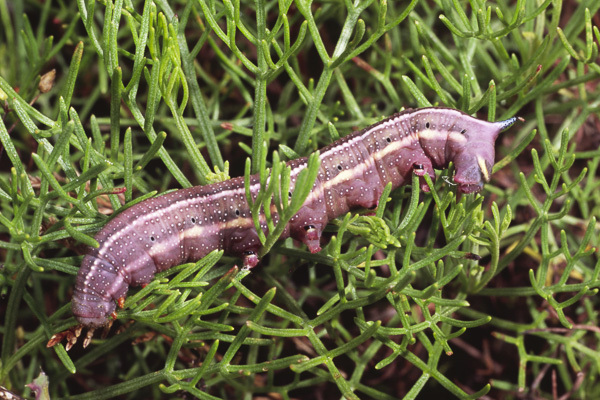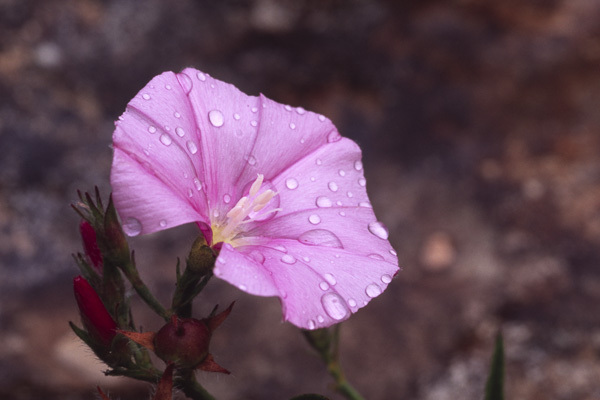19 Apr 2025
These photographs are all from a trip to France in early July 2007, some of the last photographs I took on slide film before completely switching to digital. Most were taken on Velvia 100, some others, the dragonflies especially on Provia 400.
The main reason for staying in the area around Rocamadour was the insects and plants of the limestone plateau of the Causse de Gramat to the south of the gorge. There was one decent evening and the following morning, but generally huge thunderstorms and cold blustery showers were the order of the day. As it was for most of 2007, and so I didn’t come back with many successful images.


On the first evening the illuminations on the religious buildings and the shrine were turned on. The evening photos were taken from near the road that climbs the opposite side of the gorge, the daylight photos of Rocamadour early the following morning after a first-light walk on the causse to photograph insects and flowers.
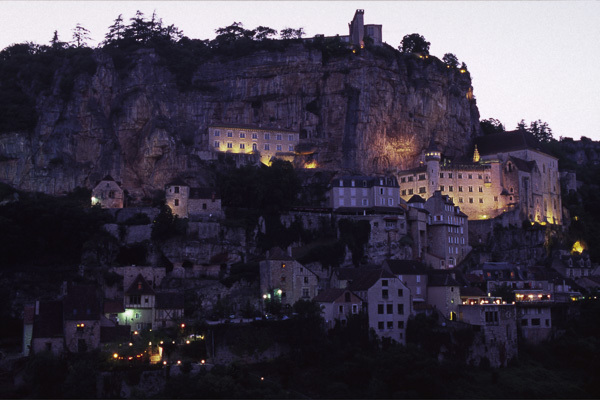
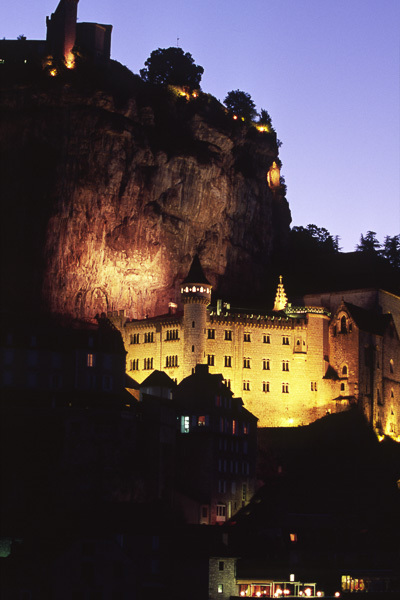

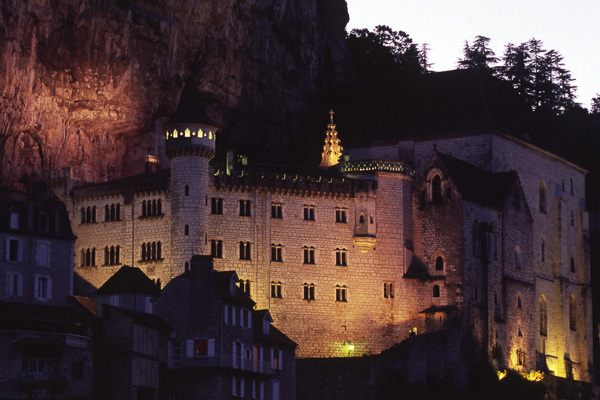
These next images are of the climb up through Rocamadour early in the morning, the best time to go into the town is before it wakes up and the tourists arrive, certainly before 10am, and much earlier is better. In the summer as the cliff face is south-east facing the sun reaches the town early and it soon starts to get hot. From parking at the bottom of the gorge steps lead up through the town all the way to the castle at the top, the climb best done out of the heat of the afternoon and the crowds of visitors. The horizontal distance between the castle and the bottom of the gorge is only about 50 metres, but there are an awful lot of steps. The climb takes you along the streets of the town and then through the Sanctuary and past the various shrines in the cliff face above. But the best reason for making the climb is to get level with the flocks of hirundines that swarm over the town, mainly Swallows, House Martins and Swifts. In addition to the commoner species Crag Martins at the northern edge of their range nest on the Sanctuary and other buildings. And amongst the screaming flocks of Swifts a few pairs of Alpine Swifts can be seen, also at the edge of their range.






